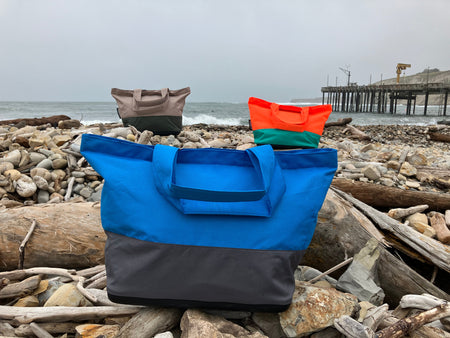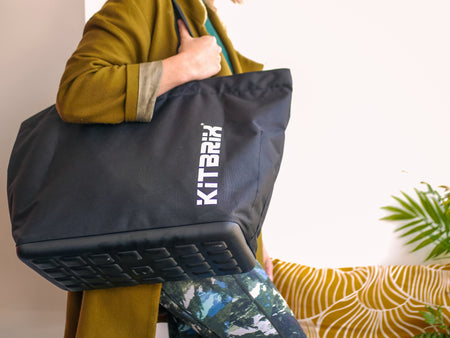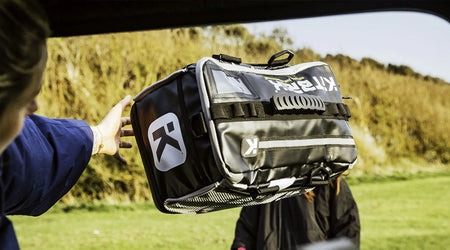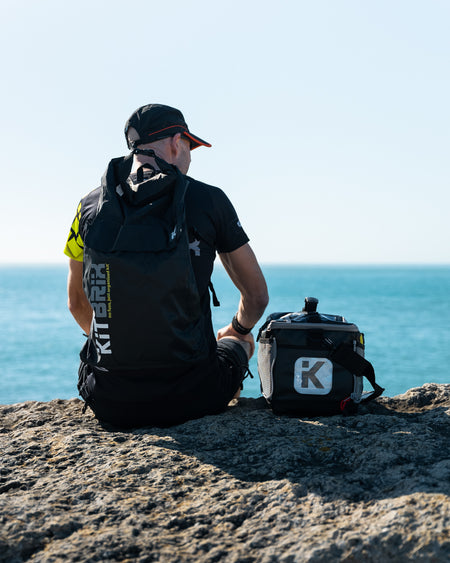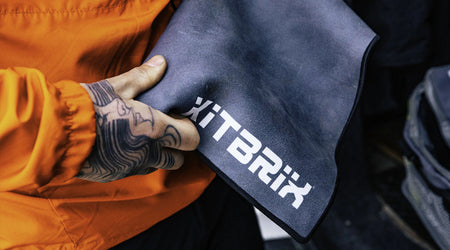
Are you considering signing up for a triathlon? At Kitbrix we know just how daunting that can be! Be prepared for your next race with our most frequently asked questions about running in a triathlon…

1. Can I listen to music whilst racing?
Whilst many triathletes find that listening to music whilst racing helps to keep pace and stay motivated, it is not allowed when competing in a professional triathlon. This is for health and safety reasons as music will limit your awareness of other triathletes around you and prevent you from hearing instructions from staff.
2. What is a negative split?
A negative split in a triathlon is a strategy used to help racers pace themselves. It is when a triathlete completes the first half of the race slower than the second half. Half way through the triathlete will either gradually or suddenly increase their speed, to finish by sprinting across the finish line.
3. How long is the triathlon run?
The triathlon run distance is typically shorter than the cycle and longer than the swim. These however greatly vary, from the Super Sprint Triathlon (0.3 mile swim, 6.2 mile bike, 1.6 mile run) all the way to the Ironman Triathlon (2.4 mile swim, 112 mile bike, 26.2 mile run). For more details on triathlon distances you can read our blog ‘How Long is a Triathlon?’ here.
4. What surface does the running leg take place?
Each triathlon is different, this is half the fun! This means triathlon runs can take place on the road and off-road. It is important to do some research before signing up and ensure you incorporate appropriate training so you are prepared come race day. Top tip: even if your triathlon takes place on the road, try venturing into the countryside every so often. Not only are the views beautiful to keep things interesting, the uneven surface will help build your core strength and improve balance.
5. What should I wear for the running leg of a triathlon?
With the run leg of the triathlon typically taking place last, you will probably still be wearing some of the gear you wore for the swim and cycle legs. One of the best options is a trisuit. This is a lightweight, form fitting outfit that doesn’t hold water and dries quickly. Wearing one of these shortens your transition time as it can be worn from start to finish. However, cycling shorts and a non-cotton tank can be worn for both cycling and running and another good option. Footwear is one of the most important parts of your triathlon running outfit, and one that can make all the difference. Your running shoes should fit correctly, include cushioning for the balls of your feet and definitely don't rub. Blisters are the last thing you need as you are driving for the finishing line!
6. How do I stay hydrated during the run?
Most triathlons often have ‘hydration stations’ at intervals throughout the race distance. This is worth checking before race day however, as staying hydrated is extremely important for your health and race performance. You can also stay hydrated during the run by carrying a small, lightweight water bottle with you. There is also the option to have small nutrition sachets to keep your energy levels high and give you that extra boost as the finish line approaches.

Still have a few more questions? You can read our other triathlon FAQ blogs here…
‘Your Essential Triathlon Questions Answered’


